Economic uncertainty keeps millions of Americans awake at night, as they watch their savings shrink while bills pile up.
Market crashes, job losses, and inflation can destroy decades of careful planning in mere months. You’re not powerless against financial chaos, though.
Smart money moves can shield your wealth from economic storms before they hit.
These 13 proven strategies help you build bulletproof finances that survive market meltdowns, recession fears, and unexpected emergencies.
Start implementing them today, and you’ll sleep soundly knowing your financial future remains secure regardless of what tomorrow brings.
1. Build and Maintain an Emergency Fund
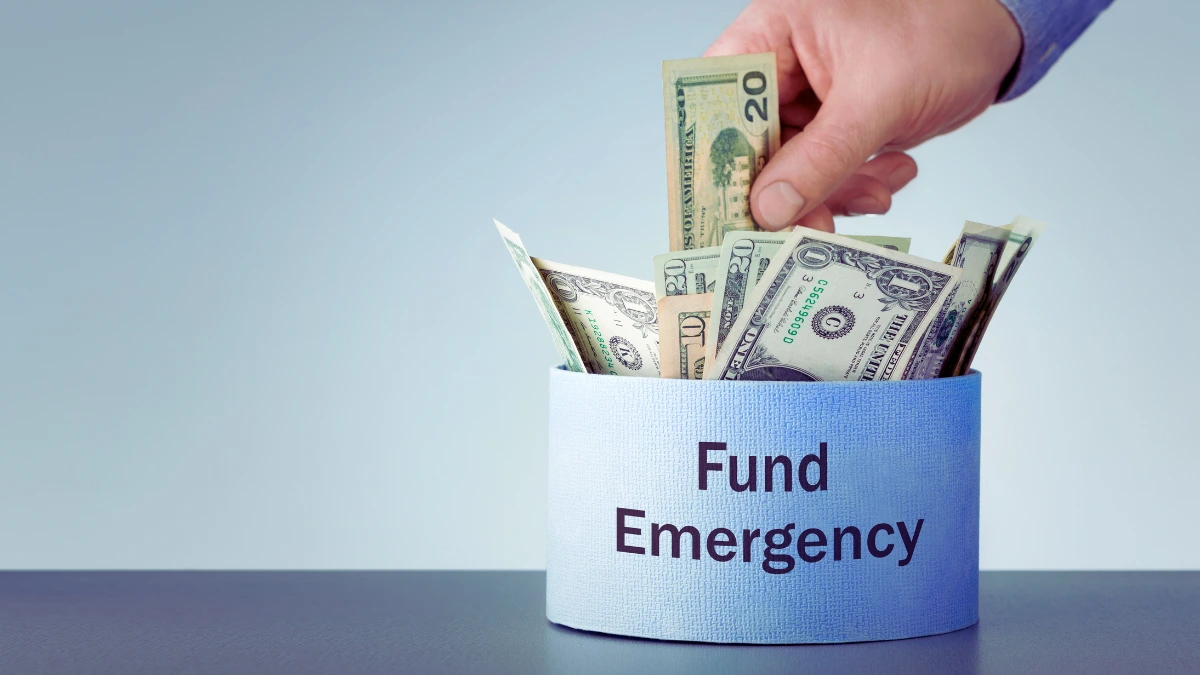
Financial emergencies strike without warning. Job loss, medical bills, or urgent home repairs can quickly devastate your budget.
An emergency fund acts as your financial shield, preventing you from borrowing against credit cards or liquidating investments at the worst possible time.
Start with a manageable goal of $1,000, then gradually build toward three to six months of living expenses.
Automate transfers from your checking account to a separate high-yield savings account. This removes the temptation to skip contributions when discretionary spending feels more appealing.
When emergencies occur, use the fund without guilt. Afterward, prioritize replenishing it before pursuing other financial goals. Your safety net only works when it remains intact and accessible.
- Best for: Anyone without adequate savings, people with irregular income, or those lacking family financial support
- Move Level: Easy
2. Pay Off High-Interest Debt

High-interest debt compounds against you relentlessly. Credit card balances averaging 20% annual interest can double in less than four years if you only make minimum payments.
Each month you carry these balances, you’re essentially paying a premium for past purchases while limiting your ability to build wealth.
The debt avalanche method delivers maximum savings. List all debts by interest rate, then attack the highest-rate obligations first while maintaining minimum payments on others.
Consider balance transfers to lower-rate cards or personal loans for consolidation, but avoid creating new debt during this process.
Extra payments toward high-interest debt guarantee immediate returns equal to the interest rate you’re avoiding. This makes debt payoff one of the most reliable investments you can make, especially when rates exceed 15%.
- Best for: People carrying balances on credit cards, payday loans, or other high-interest debt
- Move Level: Medium
3. Live Below Your Means

Spending less than you earn sounds obvious, yet many people struggle with this fundamental principle.
Living below your means creates breathing room in your budget, reduces financial stress, and provides the foundation for building wealth over time.
Track every expense for one month to identify spending patterns. Most people discover surprising money leaks in subscriptions, dining out, or impulse purchases.
Cut expenses that don’t align with your values or long-term goals. Avoid lifestyle inflation when income increases, instead directing raises toward savings and debt reduction.
The gap between earnings and spending determines your financial trajectory. A modest income with low expenses often builds more wealth than a high income with matching expenses. Focus on maximizing this spread rather than just increasing earnings.
- Best for: Anyone feeling financial pressure, those with irregular income, or people wanting to accelerate savings
- Move Level: Easy
4. Diversify Your Investments
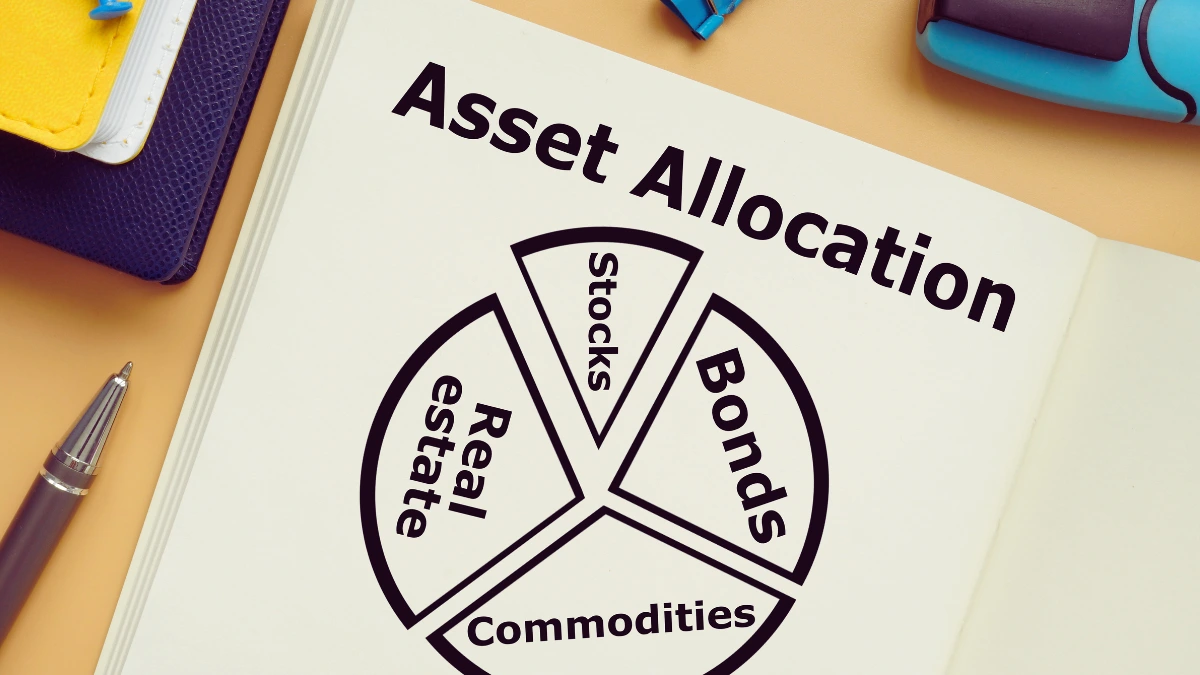
Concentrating investments in single stocks, sectors, or asset classes amplifies risk unnecessarily. When one investment falters, diversification ensures your entire portfolio doesn’t collapse.
Spreading money across different asset types, geographic regions, and company sizes smooths returns over time.
Mutual funds and exchange-traded funds provide instant diversification without requiring extensive knowledge or large minimum investments.
A simple three-fund portfolio combining domestic stocks, international stocks, and bonds covers most asset classes effectively. Rebalance annually to maintain your target allocation as different investments grow at varying rates.
Avoid the temptation to overweight popular sectors or companies, regardless of recent performance.
Technology stocks might dominate headlines, but balanced portfolios historically outperform concentrated ones during market downturns. Geographic diversification also protects against country-specific economic problems.
- Best for: Investors with $5,000 or more who want balanced risk and steady long-term growth
- Move Level: Medium
5. Regularly Review and Adjust Your Portfolio
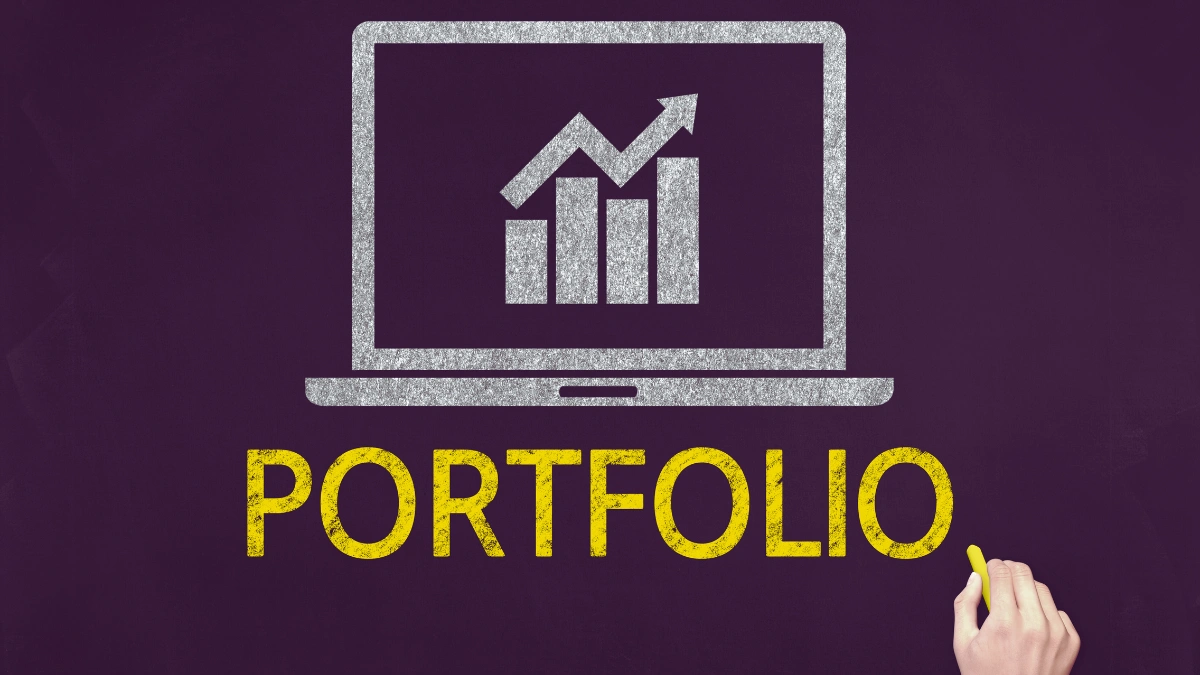
Investment portfolios require maintenance like any other valuable asset. Market movements, life changes, and shifting goals can knock your allocation off track. Regular reviews ensure your investments still match your risk tolerance and timeline.
Schedule quarterly check-ins to assess performance and rebalance if necessary. Major life events like marriage, home purchases, or career changes may require allocation adjustments.
Markets naturally create imbalances as some investments outperform others, gradually shifting your risk profile away from your intended targets.
Professional guidance becomes valuable as portfolios grow complex or retirement approaches. Financial advisors can provide objective perspectives during emotional market periods and help optimize tax efficiency.
However, basic portfolio maintenance remains manageable for most investors with proper education and discipline.
- Best for: Investors with portfolios exceeding $10,000 or those approaching major life transitions
- Move Level: Medium
6. Create Multiple Income Streams

Relying on a single income source creates vulnerability during economic uncertainty. Multiple income streams provide stability when primary employment faces disruption.
Additional income also accelerates debt payoff and wealth building beyond what salary increases alone can achieve.
Identify skills you can monetize outside your primary job. Freelance writing, consulting, tutoring, or online services often require minimal startup costs.
Passive income through rental properties, dividend stocks, or royalties takes more initial investment but provides ongoing cash flow with less active involvement.
Start small and scale gradually. Side businesses demand time and energy, so choose opportunities that align with your interests and schedule.
Even modest additional income of $200-500 monthly can significantly impact your financial trajectory over time, especially when directed toward debt reduction or investment accounts.
- Best for: Employees in volatile industries, those with debt to eliminate, or anyone seeking financial flexibility
- Move Level: Medium
7. Invest in Yourself (Education & Skills)

Your earning potential represents your most valuable asset throughout your career. Continuous learning and skill development protect against job displacement while opening doors to higher-paying opportunities.
Economic downturns often eliminate outdated positions, but they also create demand for new skills and adaptable workers.
Allocate 5-10% of your annual income toward professional development. Online courses, certifications, and industry conferences provide knowledge that translates directly into career advancement.
Focus on skills that complement artificial intelligence rather than competing with it. Data analysis, creative problem-solving, and emotional intelligence remain uniquely human strengths.
Georgetown University’s Center on Education and the Workforce found that professionals with updated skills faced unemployment rates lower than their peers during economic downturns. This investment pays dividends for decades, making it one of the most reliable long-term financial strategies.
- Best for: Working professionals, especially those in rapidly changing industries or career transitions
- Move Level: Medium
8. Keep a Strong Credit Score

Credit scores influence far more than loan approvals and interest rates. Landlords, employers, and insurance companies increasingly use credit information to evaluate applicants.
A strong score provides access to better financial products and can save thousands of dollars annually through lower borrowing costs.
Payment history accounts for 35% of your credit score, making on-time payments your highest priority. Keep credit utilization below 30% of available limits, and maintain older accounts to strengthen your credit history length.
Monitor your credit report annually for errors, which appear on roughly 20% of reports and can significantly impact your score.
Building excellent credit takes time, but the benefits compound over decades. A 750+ credit score can reduce mortgage interest rates by a full percentage point compared to average credit.
On a $300,000 mortgage, this saves over $60,000 in interest payments over the loan term.
- Best for: Anyone planning major purchases, job seekers, or those wanting maximum financial flexibility
- Move Level: Easy
9. Consider Safe-Haven Assets

Economic uncertainty drives investors toward assets that preserve value during market turmoil.
Government bonds, precious metals, and defensive stocks historically maintain stability when growth investments decline. These assets provide portfolio ballast during volatile periods.
Treasury bonds offer government-backed security with predictable returns. Gold and silver serve as inflation hedges and crisis insurance, though they produce no income.
Defensive stocks in utilities, consumer staples, and healthcare tend to maintain demand regardless of economic conditions. Real estate investment trusts (REITs) provide exposure to property markets with greater liquidity than direct ownership.
Allocate 10-30% of your portfolio to safe-haven assets based on your risk tolerance and market outlook.
Younger investors might favor smaller allocations, while those nearing retirement benefit from larger defensive positions. Rebalance regularly to maintain target percentages as market conditions change.
- Best for: Conservative investors, those approaching retirement, or portfolios exceeding $25,000
- Move Level: Medium
10. Avoid Emotional Financial Decisions

Market volatility triggers powerful emotional responses that often lead to poor financial choices. Fear drives panic selling at market bottoms, while greed encourages risky speculation at market peaks.
Disciplined investors who stick to predetermined strategies typically outperform those who react to short-term market movements.
Establish clear investment criteria before market stress occurs. Write down your goals, timeline, and risk tolerance when thinking clearly.
During turbulent periods, refer to these guidelines before making any changes. Automatic investing and dollar-cost averaging remove emotional decision-making from the equation entirely.
Media coverage amplifies market emotions by focusing on dramatic daily movements rather than long-term trends. Limit financial news consumption during volatile periods to reduce anxiety and impulsive reactions.
If uncertainty becomes overwhelming, consult a financial advisor who can provide an objective perspective and prevent costly mistakes.
- Best for: All investors, particularly those prone to anxiety or who check portfolio values frequently
- Move Level: Easy
11. Protect Your Assets with Insurance

Insurance transforms potentially catastrophic financial losses into manageable monthly premiums. Health, disability, property, and liability coverage protect against events that could wipe out years of careful saving and investing.
Adequate insurance allows you to take appropriate investment risks without jeopardizing your family’s financial security.
Review coverage annually to ensure policies match your current situation. Life insurance needs change with marriage, children, and mortgage balances. Property insurance should reflect updated home values and replacement costs.
Disability insurance becomes crucial as income increases, protecting your ability to earn rather than just your current assets.
Umbrella liability policies provide additional protection against lawsuits at relatively low cost. Professional liability insurance protects those in high-risk occupations.
Balance coverage levels with premium costs, choosing higher deductibles to reduce monthly expenses while maintaining protection against major losses.
- Best for: Families, business owners, high-income earners, or anyone with substantial assets to protect
- Move Level: Easy
12. Rebalance Annually and Limit Single-Stock Exposure
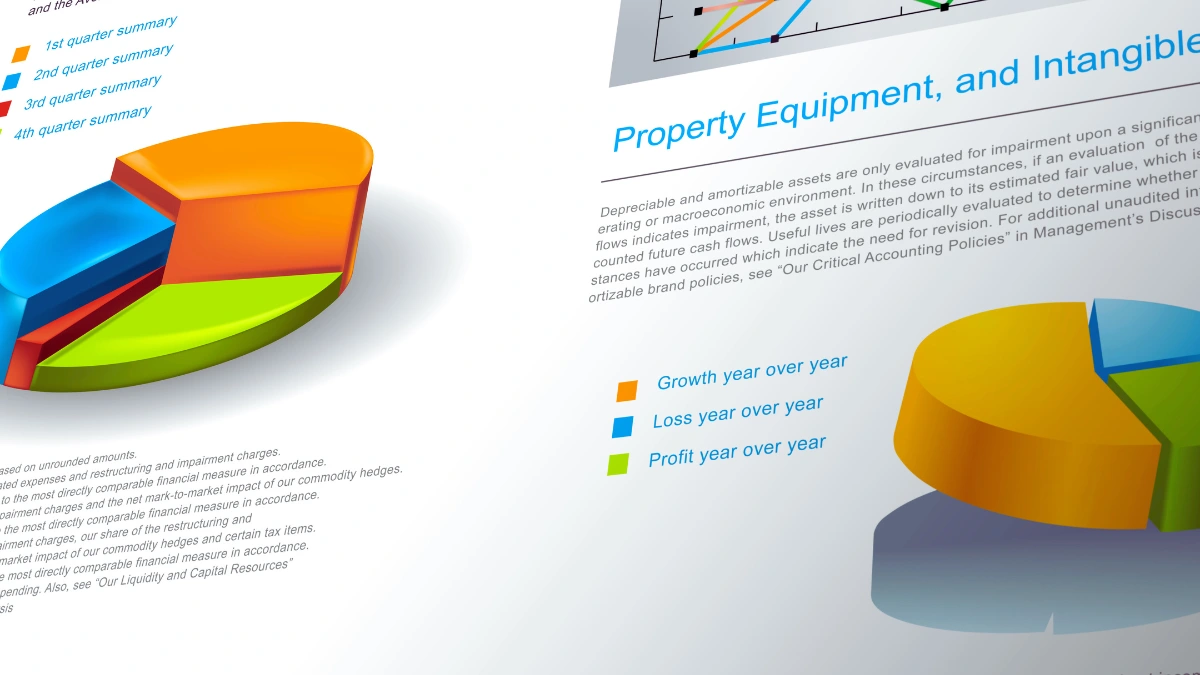
Portfolio rebalancing forces you to sell high-performing assets and buy underperforming ones, capturing gains while maintaining your target risk level.
Without rebalancing, successful investments gradually dominate your portfolio, concentrating risk in areas that may face future challenges.
Vanguard’s research team found that disciplined rebalancing prevented emotional decision-making, with investors who rebalanced annually outperforming those who let portfolios drift by an average of 1-1.2% annually. This discipline also prevents emotional attachment to winning positions.
Limit individual stock positions to 5-10% of your total portfolio, regardless of how confident you feel about specific companies. Even excellent businesses face unexpected challenges that can devastate concentrated positions.
Sector diversification provides similar protection against industry-specific risks that may not be immediately apparent.
- Best for: Investors with portfolios over $10,000 or those saving for retirement
- Move Level: Medium
13. Prepare for Large Expenses in Advance
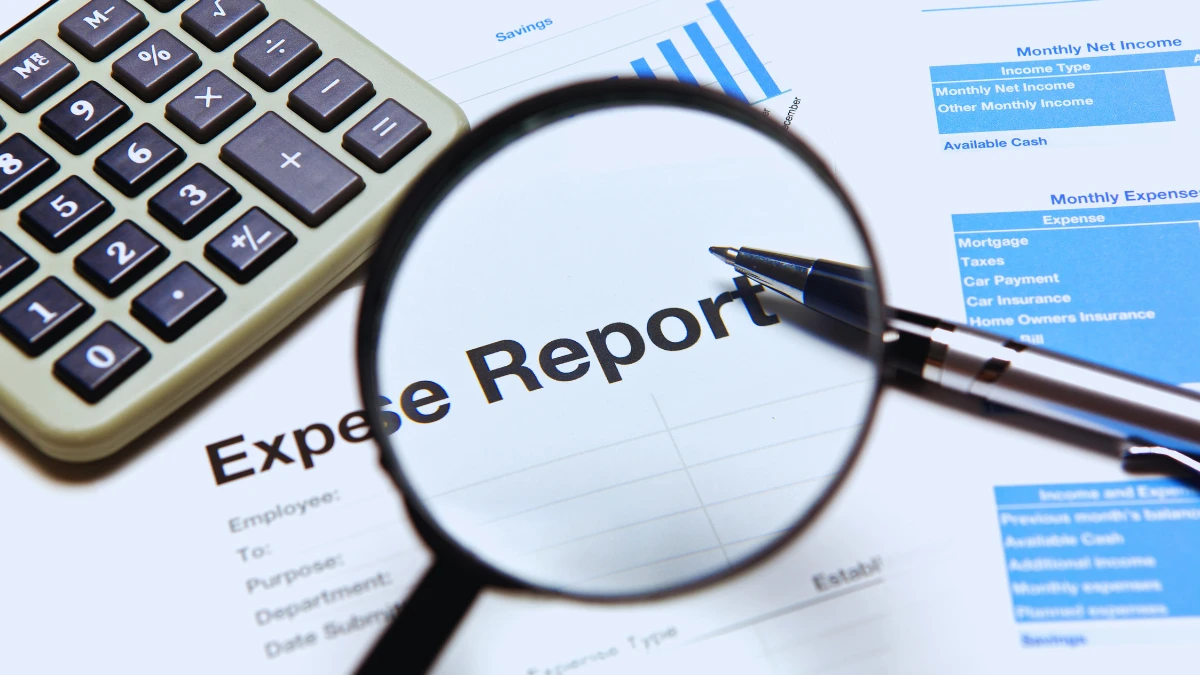
Anticipating major expenses allows you to save gradually rather than borrowing or liquidating investments at unfavorable times.
Car replacements, home repairs, education costs, and medical procedures become manageable when planned for in advance. This foresight prevents debt accumulation and protects your investment portfolio.
Create separate savings accounts for different expense categories. Automate monthly contributions based on expected costs and timelines.
A car replacement fund might receive $300 monthly for four years, while a home maintenance fund could accumulate $200 monthly for ongoing repairs and improvements.
Sinking funds provide psychological benefits beyond financial advantages. Knowing you can handle major expenses without stress reduces anxiety and prevents impulsive financial decisions.
This preparation also creates opportunities to pay cash for purchases that might otherwise require financing, saving interest costs, and improving negotiating position.
- Best for: Families or individuals with predictable large expenses within the next 1-5 years
- Move Level: Easy

